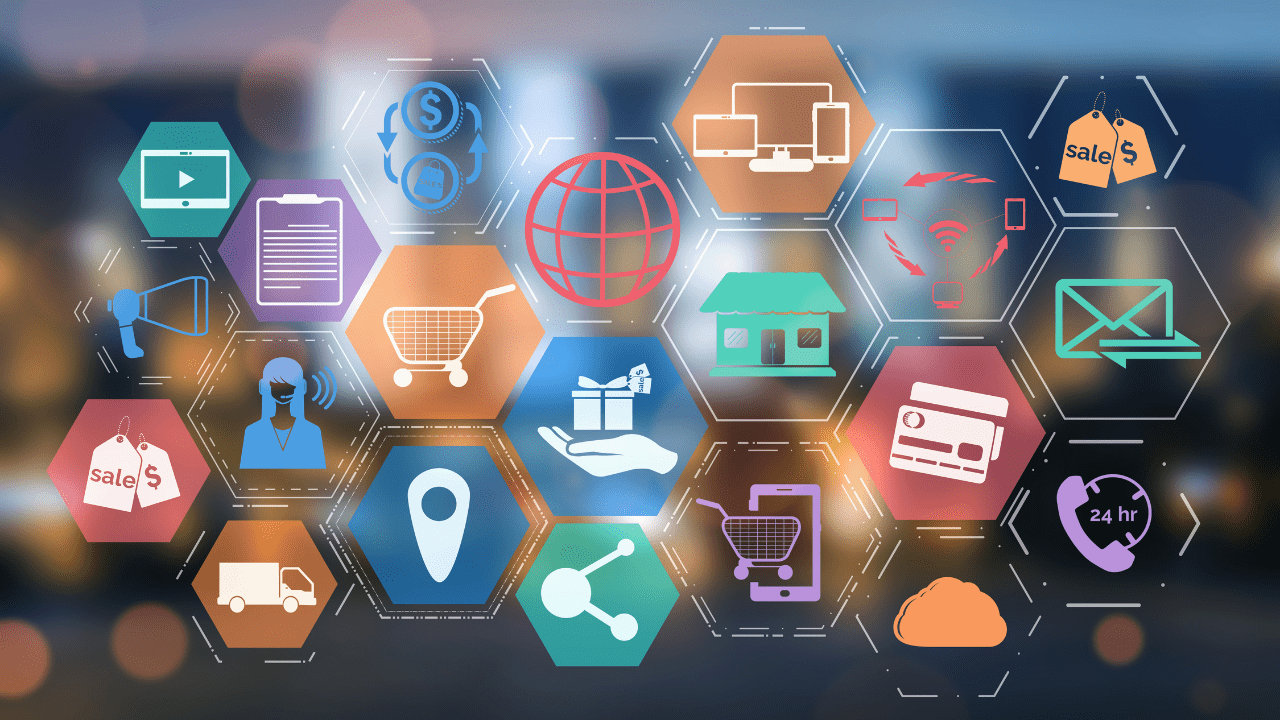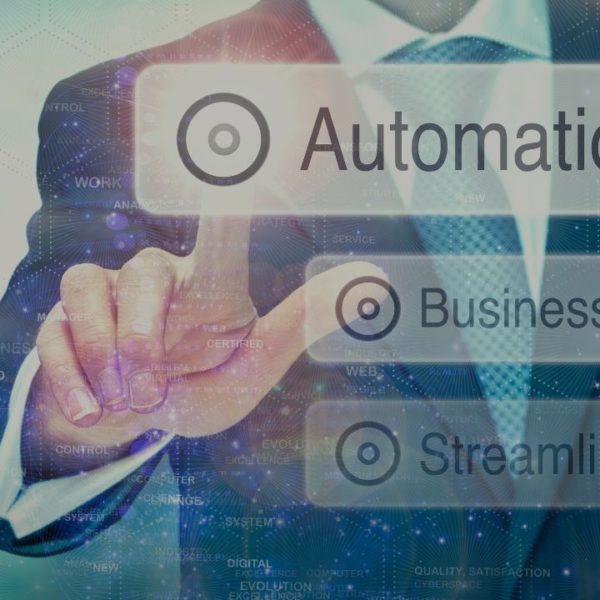The retail industry globally is flourishing. And the major contributor behind this surge is digital advancement. With just a few clicks, customers can order the products- from machinery to groceries and get them delivered to their doorstep.
Similarly, technology is facilitating the customer’s in-store experience. From automated checkouts to the continuous supply of in-demand products, the integration of digital processes streamlines retail operations. Consequently, it provides excellent customer service and boosts the brand’s revenue.
That said, let’s learn how exactly the technology deployment is benefiting retail businesses.
Table of Contents
Trending Retail Technologies Changing The Outlook Of Industry
Everyday innovations are introduced in the market that facilitates the industry’s operations. However, it is not necessary that every advancement will come in handy for your business. That’s why we’ve listed below the trending technologies that assist with the retail industry’s core functions.
1. Artificial Intelligence
Artificial Intelligence (AI) is widely used to provide customers with engaging and authentic experiences. It assists retailers in addressing frequent consumer issues, boosting staff productivity, and resolving potential website errors such as payment processing and product recommendations.
For instance, AI aids retailers in stock inventory management and shelf replenishment without the need for any human assistance. This is done with the help of sensors that informs the staff about inventory and eliminates the possibility of OOS (out of stock).
Earlier, inventory management was manual; therefore, it consumed time and resources. However, thanks to AI and ML, retailers can easily manage their inventory.
In addition, AI also assists with personalized product recommendations, customer segmentation, smart logistics, and demand forecasting.
2. Customer Data
The prime aim of retail business is to cater to customers’ needs. It doesn’t matter whether the store is online or physical; they need to identify what customers are looking for and accordingly improve their service. That’s when customer data collection and analysis come in handy.
Retailers can use numerous tools and resources to conduct online and in-store market research and use the data for decision-making. In fact, a single piece of information can drive numerous conclusions.
For instance, if the demand for one product is on the rise, you can stock up the inventory, center your marketing efforts around the particular product, and even bring a similar type of product. It’ll help you learn about market trends, consumer preferences, and competitors’ policies.
You can also integrate the data collected with digital tools. It’ll boost your ROI, assist with customer retention and facilitate targeted communication.
3. Mobile Applications
Using mobile applications is becoming a pressing priority for retail businesses. It provides comfort and convenience to customers and accelerates business sales. According to IBM’s report, mobile applications account for approximately 57% of online shopping traffic.
For a retail business, these applications help gain customer data, improve brand visibility, enhance customer base and strengthen marketing strategies.
Even if you don’t have enough resources to develop your application, you can register your business on other applications to grow your business. Nevertheless, it’ll provide you with an edge over the competitors.
What Perks Do These Technologies Provide To Retail Businesses?
According to the U.S. Retail Sales Report, the industry is undertaking major shifts. It includes understanding the changing customer behavior and technology deployment. These shifts aid retail businesses in the following ways:
1. Enhances Production Facilities
Customers prefer affordable and readily available products. It caters to their needs without affecting their budget. However, as consumers become sustainable, they pay attention to brands that focus on environmentally conscious production practices.
Unfortunately, in many retail businesses, especially the one that provides mass products, the working conditions are not satisfactory and safe.
Businesses can use technology to get real-time information about production working conditions. Using these insights, they can discover the disputes and enhance the prevailing labor standards. They can also deploy the latest machinery to reduce the production load on the workers.
2. Boost Inventory Management
Did you know that calculation blunders can cause a loss of retail stocks by up to 4%? Thankfully, by using inventory control systems and data analytics, businesses can eliminate these errors. It’ll reduce the possibility of under-purchasing and over-requesting.
The system will aid in determining the accuracy of inventory requirements by using the previous sales data and evaluating consumer preferences. This way, you can restock the inventory and address the growing demand.
Not to mention, an inventory management system will reduce inventory costs. Thus, you’ll save money while ensuring that inventory is up to date.
3. Improves Customer Satisfaction
Regardless of what type of technology you integrate for the business needs, it’ll eventually help improve the customer experience and satisfaction level.
For instance, if you begin using a chatbot on your website or application, it will instantly handle the customer’s queries. The quick response time and redressal boost brand interaction and help maintain the customers.
Similarly, customers expect to be informed when an item is out of stock in the store. Instead of watching you rummage through the storeroom or dial the warehouse, they’ll like to visit the store when you have the product.
Using the electronic inventory system, you can monitor the stock level and inform the customers about product availability in real time.
4. Facilitates Forecasting
Stating the obvious, with accurate forecasting, retail businesses can operate effectively. To plan the supply chain efficiently, you need to ascertain what your customers desire and what the upcoming trends are. It also aids companies in winning over customers’ trust.
It enables them to anticipate market changes, especially during uncertain situations, efficiently. In fact, during the pandemic, the stores that got their hands on in-demand products due to demand forecasting were able to prosper.
Even now, businesses are using machine learning for accurate forecasting. This technology enhances logistics, production, and marketing, as well as facilitates relationship management with consumers and suppliers.
Demand forecasting methods based on AI are far more adaptable and flexible than their conventional counterparts. It is because ML and AI technology are seamless to work with. Thus, businesses are able to keep up with developments in client demand.
5. Advanced Shopping Experience
By 2025, more than 77 million American homes are anticipated to have smart home technology installed, making this a sizable market for retail businesses to tap into.
Siri, Google Assistant, and Alexa are just a few examples of intelligent assistants improving their speech recognition and responsiveness. Therefore, their capacity to assist clients’ shopping needs has significantly improved in the retail sector. Customers need not visit the store. Instead, they can use voice commands to place their orders and deliver them to their doorstep.
Likewise, small retailers can use options such as BOPIS (Buy online, pick up in-store) and BOSS (Buy online, ship to store) to their regular customers. Shoppers can visit the website or application to reserve the item and pay for it in advance. After that, they can visit the store to collect the order.
Note: Customers’ houses may also have other types of IoT gadgets that can be useful, such as smart mirrors. However, ensuring that these gadgets are not invasive and actually helpful for the user is the most crucial step in the process.
To Sum It All Up
Retail technologies provide opportunities for entrepreneurs to scale their businesses and attract a mass audience. However, integrating new technologies is not enough. You must understand and address the customer’s needs using the latest advancements.

I am a passionate, adventurous, and insatiate learner who loves to write about the latest technology trends. My experience working in an MNC has motivated me to understand that there are certain niche requirements for writing strategically about brands’ messages towards people’s interests which I’ve mastered over time through trial and error of many projects under various clients across diverse industries. It is my honest effort to put my experiences and knowledge of industry towards readers.






